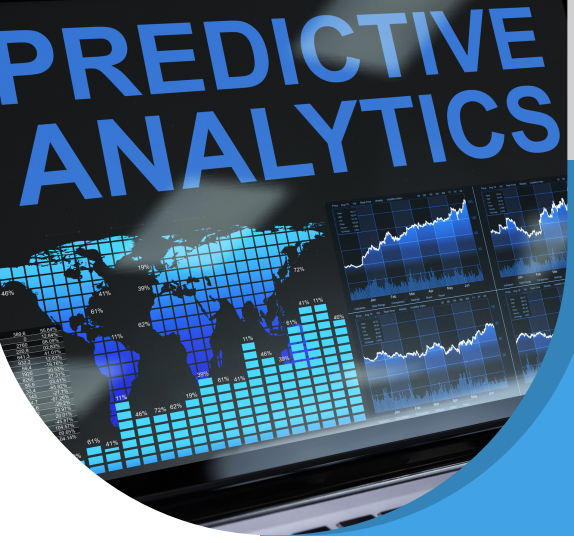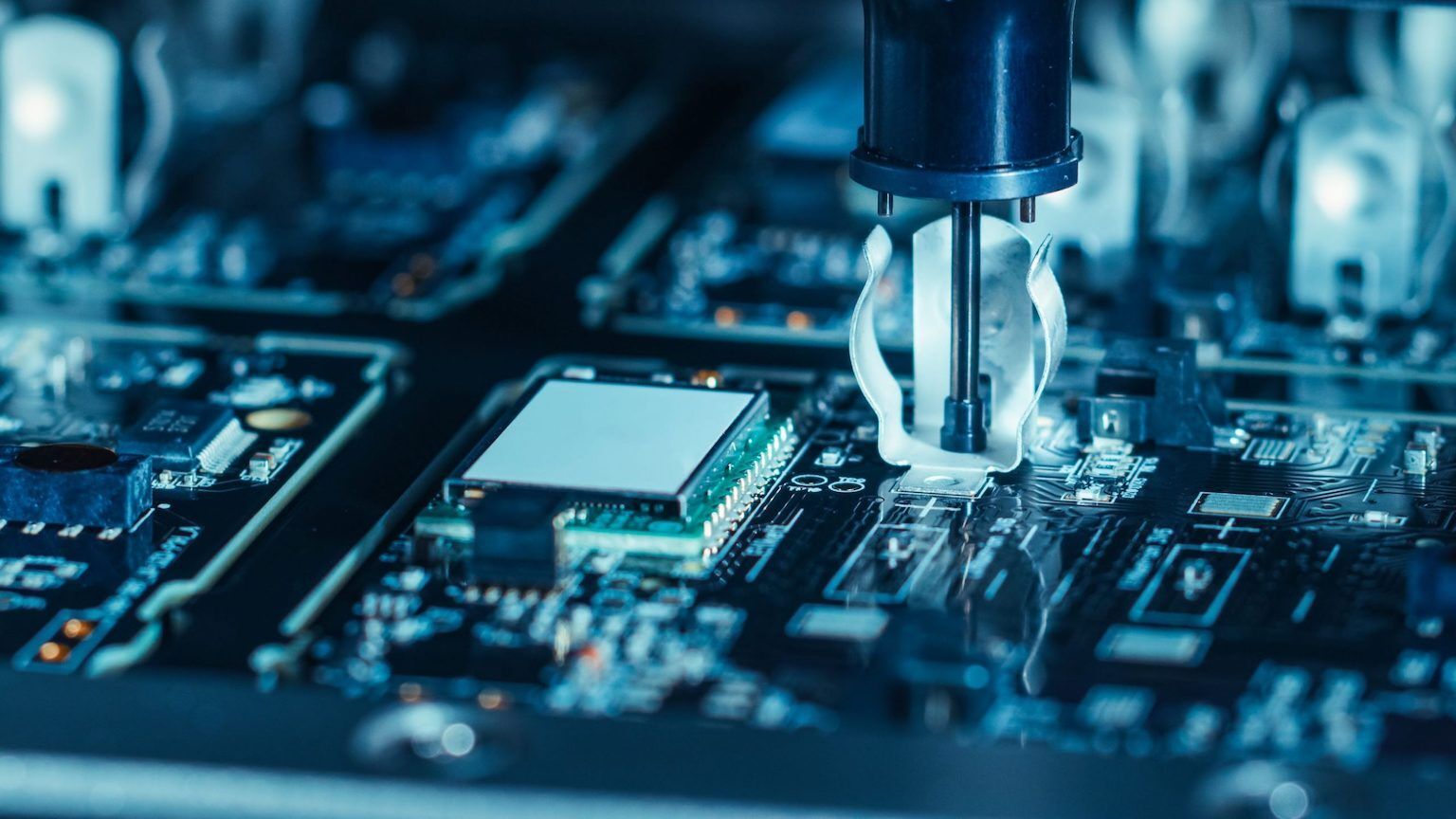Cloud vs. On Premise
Introduction
Corporations have a choice these days of hosting their IT infrastructure and services on premise or in the cloud. Companies providing IT infrastructure hosting services in the cloud have come a long way since the early days. Among the big players are well-known names such as Amazon AWS, IBM Cloud, Microsoft Azure, Google Cloud, Rackspace, Alibaba Cloud, TenCent Cloud and Baidu Cloud to name a few. Today the major players offer exceptional levels of availability, performance, quality and elasticity at price levels that are hard to compete with compared to on premise servers.
The GEMBO PRECARE Platform supports both cloud and on premise installations. This white paper discusses the pros and cons of both approaches.
Cloud and on Premise Pros and Cons
| KPI | Cloud | On-Premise | ||
|---|---|---|---|---|
| Elasticity/Scalabilty | ✔ | Pay only for the amount of compute power,storage and bandwidth you consume at any moment in time. Grow as you need and pay based on what you use. | ✘ | Difficult to forsee compute,storage and bandwidth needs with fixed cost regardless of usage levels. Need to invest upfront |
| Supportability/Quality | ✔ | Get instant access to new products and services and to software updates with bug fixes and new features. Either no administration costs or significantly reduced. | ✔-- | Upfront costs and delays for bug fixes, new features, new products and new services is high and requires lengthy justifications. Personnel & maintenance costs. |
| Availability | ✔ | Get at least 99.99% uptime through redundancy and a continuous push for 99.999% and higher (Premium features). | ✘ | Achieving 4 or 5-nines availability is possible, but comes at a high cost for redundancy and man power. |
| Performance | ✔ | Get required throughput instantly, regardless of traffic loads at any period in time through dynamic load balancing. | ✘ | Require significant pre investment, hard to scale up instantly, requires new CapEx outlays with lengthy justifications. |
| Security | ✔ | Get high levels of protection against hackers with multi-factor authentication, latest threat detection and protection against ransomware. In Some cases leave the data on Premise and exchange only Metadata. | ✔ | Data Stays On Premise. Get high levels of protection against hackers, but requires extra investments in software (and hardware) and man power. Ransomware can wreak havoc. |
| Backups | ✔ | Get the same level of backup functionality and flexibility as on-premise, but with added advantage of not having to worry to run out of storage. | ✔- | Same as for the cloud, but there is the possibility that more storage is needed than available. |
| Control | ✔- | Control based on the permissions allowed by the cloud provider and application provider. | ✔ | Complete Control, limited only to the specific organization department restrictions. |
| Manageability & Access | ✔ | Manage compute, storage and bandwidth resources from anywhere from any device | ✘ | Usually restricted to on premise management of compute, storage and bandwidth resources. |
Conclusion
It’s no surprise that cloud computing has grown in popularity as much as it has, as its allure and promise offer newfound flexibility for enterprises, everything from saving time and money to improving agility and scalability. On the other hand, on-premise software – installed on a company’s own servers and behind its firewall – was the only offering for organizations for a long time and may continue to be so in cases where a static IT infrastructure environment serves the organization adequately.
Often on-premise advocates cite a sense of security in favor of on-premise over cloud because of the level of control they profess to maintain. Truth is that actually Cloud today has top and up to date security measures, in many cases superior to any organization. Finally, leveraging the benefits of the cloud as laid out in this white paper, for on-premise, is only feasible when the business itself is large enough to sustain the cost that is inherent with running a large IT infrastructure. For all other use cases, the cloud is a clear winner over on-premise.
The GEMBO PRECARE Platform supports both cloud and on premise Installations. Customers must weigh the pros and cons of both and decide based on which pros carry the most weight for them.

GEMBO ( www.gembo.co ) has a SaaS Industrial IOT Platform which provides enterprises and users with mission critical data, insights and decision making tools enabling cost reduction and revenue growth through optimization via the use of IoT, Artificial Intelligence and Machine Learning. Farm Operator Intro A large-scale solar farm operator, managing a 50 MW solar farm with significant investments in infrastructure. The solar farm has a current efficiency of 24% and a target of increasing this efficiency over time. The farm operates in an area where electricity prices are approximately $32 per MWh, and it has a large operational budget dedicated to maintaining its equipment. GEM has deployed the Precare cloud, predictive maintenance and solar power prediction Package, on the customers Data, extracted from the solar farm's SCADA system. Problem Due to the complexity of solar equipment and environmental factors, the customer has faced a gradual decline in efficiency, dropping from 26% to 24% over the past few years. As a result, the farm's revenue has been impacted by lower power output, and operational expenses have been steadily increasing. Furthermore, the lack of predictive maintenance (PdM) has led to frequent downtime and unplanned maintenance, further increasing the inefficiencies. The farm owner reached out for a solution that could improve operational efficiency, reduce costs, and enhance overall power production by using predictive analytics to forecast and mitigate potential issues before they occur. Solution After evaluating the farm’s needs and existing system, GEM’s Predictive Maintenance (PdM) and Solar Power Prediction packages were discussed and found as the right fit. This solution was implemented through GEM’s Precare analytics platform, which helps monitor and predict performance, detect faults early, and optimize maintenance schedules. The key components of GEM’s solution included: Real-time Monitoring: Continuous monitoring of solar inverters, panels, and environmental conditions. Predictive Maintenance: Advanced machine learning models to predict the likelihood of system failures and performance degradation. Power Output Forecasting: Predictive analytics to model expected energy production based on historical data and real-time inputs, leading to more accurate forecasting and optimizing grid management. Results After deploying GEM’s predictive maintenance and power optimization system, GEM provided the customer a calculation of a 3 year business analysis Financial Benefits: Revenue Increase: The system’s efficiency would increase by an additional $864,320 in revenue over 3 years due to the increased power output from the higher efficiency (25% vs. 24%). OPEX Reduction: Predictive maintenance would reduce the monthly operational expenses by 3%, leading to OPEX savings of $78,810 over the 3-year period. Net Benefits: The customer will realize a total net benefit of $758,130 after deducting the initial system cost and subscription fees. ROI: The ROI of 658.13% was computed from the net benefits of $758,130 after accounting for system cost investments.

SELF SERVICE DATA STUDIO CASE STUDY This case study showcases GEMBO, a leader in SaaS Industrial IoT Platforms, enhancing a global manufacturer's operations by deploying its Precare Data Studio BI product across 70 machines. The solution, focused on self-service data management and analytics, resulted in significant manpower savings, improved self-service efficiency, and automated analytics distribution. Unique to GEMBO Precare is its ability to deploy independent sensors, connecting any machine to its cloud, thereby offering predictive maintenance and operational insights without substantial capital expenditure, distinguishing it from other market solutions.

GEMBO ( www.gembo.co ) is a leading innovator in the world of SaaS Industrial IoT Platforms, with a proven track record of delivering cutting-edge solutions that help customers achieve their business goals. The company's platform uses a combination of IoT, machine learning, and AI to provide customers with real-time insights into their operations, enabling them to make better decisions and optimize their performance. GEMBO is committed to continuous innovation, and the company is constantly looking for new ways to use technology to help its customers succeed. Customer Intro The customer is a multi $B Tier one manufacturer, with multiple factories around the globe. Manufacturing lines vary between electronic manufacturing to semiconductor, serving a variety of markets including Automotive, Networking, Industrial, Audio and Gaming. GEM has deployed Precare Cloud , Precare Edge , OEE Availability and predictive analytics Package . Its footprint grew from a few machines to over 90 machines in a few of their factories. Problem The customer has been utilizing OEE Availability analytics to identify machines with low availability and assigning them to responsible technicians. The customer's management team has been overwhelmed with emails from technicians providing status updates on the machines after they have taken corrective actions. The customer intends to streamline the process of monitoring machine status from the receipt of OEE Availability status to the resolution of availability issues, enabling the machines to operate efficiently based on established availability KPIs. The customer has provided the following workflow to illustrate their requirements.

GEMBO ( www.gembo.co ) is a leading innovator in the world of SaaS Industrial IoT Platforms, with a proven track record of delivering cutting-edge solutions that help customers achieve their business goals. The company's platform uses a combination of IoT, machine learning, and AI to provide customers with real-time insights into their operations, enabling them to make better decisions and optimize their performance. GEMBO is committed to continuous innovation, and the company is constantly looking for new ways to use technology to help its customers succeed. Customer Intro The customer is a Tier 1 multi-billion dollar global manufacturing leader in the power, discrete semiconductor, and passive electronic components (PES) space. GEMBO has deployed a suite of innovative, cloud-based solutions to the customer, including Precare Cloud, Precare Edge, OEE Availability, Performance, and Quality packages. These solutions have been deployed to 70 machines across two factory floors, and the customer intends to scale the deployment across their entire Asia-Pacific footprint. Problem The customer's equipment engineering team has been managing the productivity of their machines through manual Excel reports. These reports are prepared by machine operators, checked and consolidated by supervisors, and then reported to management by factory floor managers. The customer needs to minimize or eliminate these manual reports to improve the accuracy of the reports and save on manpower costs. The following are examples of manual reports that the customer needs to eliminate: 1. Calculation of the share of subcategories of Performance and Quality 2. Calculation of the percentage of Planned Downtime to Total Run Time 3. Graphical presentation of OEE Availability with Time Frame These reports are time-consuming and error-prone. They also require a significant amount of manpower to create and maintain. By eliminating these manual reports, the customer can improve the accuracy of their productivity data and save on manpower costs. Solution After a technical discussion with the customer, GEM integrated the manual Excel reports into the OEE analytics framework. The team then implemented the following process: Define the customer requirements Gather the excel reports Create an output image showing changes in the analytics Define data to be collected Collect data from the customers Collect the data from customer Validate the completeness of the data based on the requirements Collect missing data Confirm with customer if all data are accurate and structured properly based on their requirements Prepare the design Overview Customer Requirements Use Case System Diagram Code Diagram Review and approval of the design Testing on Developer Environment Deployment to Production Customer acceptance Results The migration of previously manually prepared OEE reports to a digital format using OEE Analytics resulted in the following benefits: 100% savings on manpower costs, as the reports are now generated automatically and do not require manual input. 100% accuracy, as the data is collected directly from the machines and is not subject to human error. 100% time savings for management, as they no longer need to spend time reviewing and validating the reports. Improved decision-making, as the Operations Group can now access real-time data and insights to make better decisions. Increased efficiency, as the Operations Group can now focus on core tasks and not on data entry and reporting. Conclusions GEMBO Precare has a set of powerful data acquisition, analytics, predictive and OEE tools for manufacturing equipment. GEMBO Precare compiles critical KPIs that can be used to easily trace back which machine or machine subsystem is responsible for a low KPI score. GEMBO Precare is also able to make predictions at equal or better than humanly possible for machine maintenance to be scheduled before a failure occurs. But most importantly, unlike other market solutions, GEMBO Precare is able to deploy its own sensors independently from any machine controller and fully connect any machine data island to the GEMBO Precare Cloud at a fraction of the cost of a new machine; hence, saving manufacturers from having to make large and risky CAPEX and OPEX investments for new machines. Contact Us Visit us at www.gembo.co or contact us via email at sales@gembo.co






